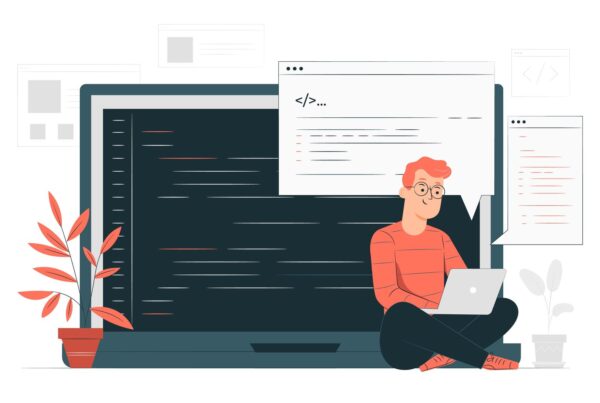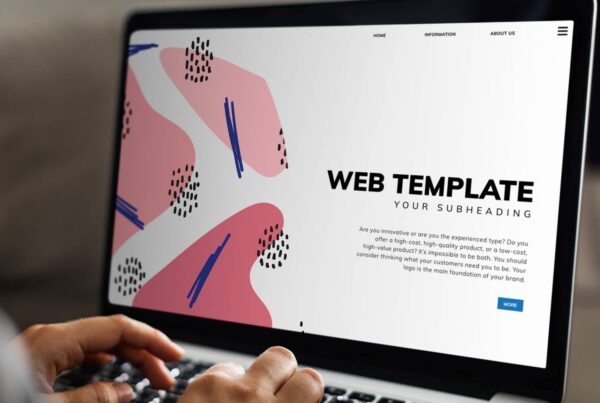Google for web designers or web design firms and you will get millions of results for companies all promising very similar things: timely delivery, budget-friendly, search engine optimization and cross-browser compatibility, etc. Now if they were all so great, why are there so many crappy websites you may ask. Here are some qualifications that will help you to weed out the good web designers from the bad ones.
Great Portfolio
A great portfolio displays creativity, style variety and most importantly has examples of real client work and not just spec work from school. Ensure that the web designer’s overall style in their portfolio matches what you are looking for. Test out their previously launched websites to ensure that they are user-friendly, error-free, suitable for their target market and fast-loading.
A great portfolio always trumps design experience or education. Web designers with too much experience could be set in their ways and less open to new ideas or trends. And just because someone took a few classes for design does not mean that they have an eye for it. We have encountered many websites offering web design services with hideous websites.
Customer Service
No matter how stellar your designer or agency is, if they cannot respond to your calls or emails in a timely manner during business hours, they most likely cannot meet your deadline. This can mean death to your business if your project is time sensitive due to something like a product launch. Some freelance web designers are moonlighters meaning that they have full-time jobs and they pick up the odd project here and there for extra cash. Be wary of those folks because they will likely not be around when your project goes awry forcing you to forfeit your deposit.
Required Skills
Whoever you select should be proficient with the web technologies your project requires. If you need Flash for an animated clip, ensure that your web developer is proficient in Flash Actionscripting 3.0. If you want to convert your website into a CMS, ensure that they are well versed in your chosen CMS and the web technologies that support it. Most open-source CMS’ are controlled by PHP. It is always better to hire an expert who can excel at the things you need rather than a jack of all trades who is just mediocre in everything. Usually, you should be able to evaluate this based on their online portfolio.
Their Timeline Fits your Timeline
All projects have a deadline or some preferred time range in which you would like it to be completed. Inexperienced web designers often quote overly optimistic timelines. No matter how simple your website design or redesign is, it is almost impossible for the design process (from concept to completion) to take less than two weeks because there will always be revisions. I always laugh when a potential client emails me and estimates that their new website is very basic and should take no more than 2 days. It is much more professional to quote a longer timeline and deliver earlier than expected. However, if your web designer says it will take much longer than their competitors, they may be moonlighting.
Full-Service
Full-service is usually offered by design firms because it requires a team of developers, designers and marketing experts. Full-service means that they offer all-encompassing web solutions like SEO, ecommerce, branding, mobile compatibility and social media marketing all in one place. Rarely will you find a web designer who is an expert in all of these categories, which is why some companies hire design firms if they have the budget.
Communication Skills
Communication skills are just as important as design and programming skills because if your web designer communicates with bad grammar or spelling mistakes so will your website. Do they articulate issues well? Can they translate complicated technical jargon into laymen terms? You can easily evaluate their communication skills through your initial calls, emails and project proposal.
Marketing / SEO Experience
What good is your website if your target market cannot find it? Your web designer or design firm must understand how to promote it. If you found your web designer by via Google with industry-specific keywords then they must know something about SEO. Here are other simple SEO techniques your web designer should implement to build your web presence:
- Generate fresh content relevant to your target market with a blog
- Write a meta title and description tags
- Include your keyword search terms in your headings and subheadings (H1 and H2 tags respectively)
- Sprinkle your keyword search terms throughout your content
- Create a sitemap for search engines to crawl
- Add your website to online business directories
- For more SEO strategies, refer to my blog post about Driving High Quality Web Traffic.
Customer References
Ask for client references and make a point about calling them. Ask their clients whether they were responsive, on time and within budget. Some web design firms look for work through freelance websites such as Guru where you can find reviews.
Social Media Presence
Social Media helps you respond to people talking about your brand and understand how they perceive your company. There are so many social media networks but the ones to monitor are Twitter, LinkedIn and Facebook. A good practice is to post a status update whenever you publish a blog post or new web content.
Cost / Budget
It is key to consider all of the above and then consider cost or budget if everything else falls into place. The cheapest quote is rarely the best.









